Iberian Sclerophyllous and Semi-Deciduous Forests
The ecoregion’s land area is provided in units of 1,000 hectares. The conservation target is the Global Safety Net (GSN1) area for the given ecoregion. The protection level indicates the percentage of the GSN goal that is currently protected on a scale of 0-10. N/A means data is not available at this time.
Bioregion: Balearic Sea & West Mediterranean Mixed Forests (PA20)
Realm: Western Eurasia
Ecoregion Size (1000 ha):
29,832
Ecoregion ID:
793
Conservation Target:
27%
Protection Level:
9
States: Spain, Portugal
Once widely covered by holm oak forests, the low plains and central plateaus of this ecoregion are today a mosaic of dense shrubland, “maquis”, sylvopastoral woodlands, intensive agriculture, and inland sand dunes. Only a few fragmented stands remain of the natural structure of this forest type. The region’s habitat is crucial for the preservation of some of the most endangered animal species in Europe, including the Iberian lynx, the Spanish imperial eagle, and the great bustard. A large grey wolf population also resides here.
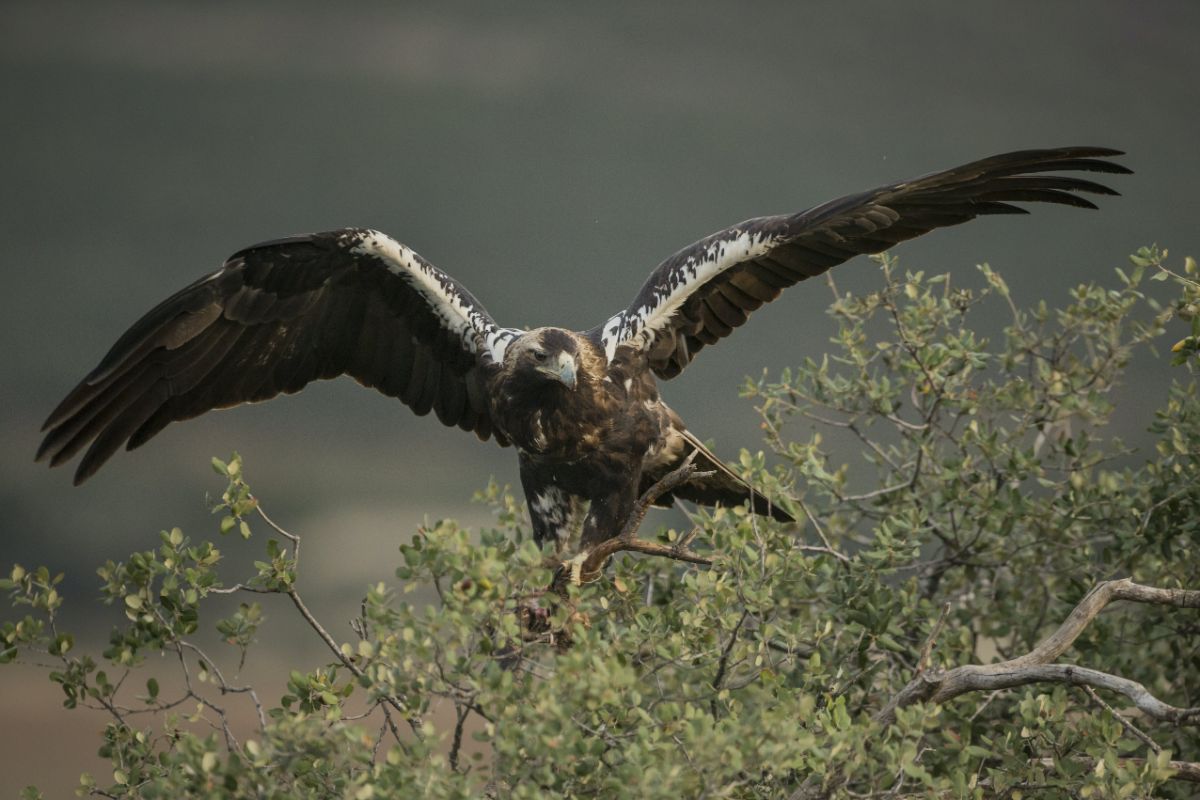
The flagship species of the Iberian Sclerophyllous and Semi-Deciduous Forests ecoregion is the spanish imperial eagle. Image credit: Wildscreen Exchange
The ecoregion covers the central plateaus, valleys, and low plains of the interior portion of the Iberian Peninsula. Climatically, the ecoregion experiences very hot and dry summers, and relatively mild, subhumid winters. The northern plateau has a more continental climate. Annual average temperatures range from 8–15°C, and the minimum average temperature of the coldest month ranges from 1-5°C. Annual rainfall averages range from 300–850 mm.
The forest ecosystems of the region are primarily evergreen broadleaf and conifer canopy species. Human impact, mainly through grazing, fires, and firewood collection, has transformed the majority of the existing holm oak forest into secondary, dense shrubland, known as "maquis", or into agro-forestry landscapes constituted by scattered trees on grasslands or crops. The stone pine and maritime pine were used stabilize the dunes, as well as to foster resin and pine nut production. Between the mid-19th and mid-20th century, these forests were subject to intensive and traditional forest exploitation.
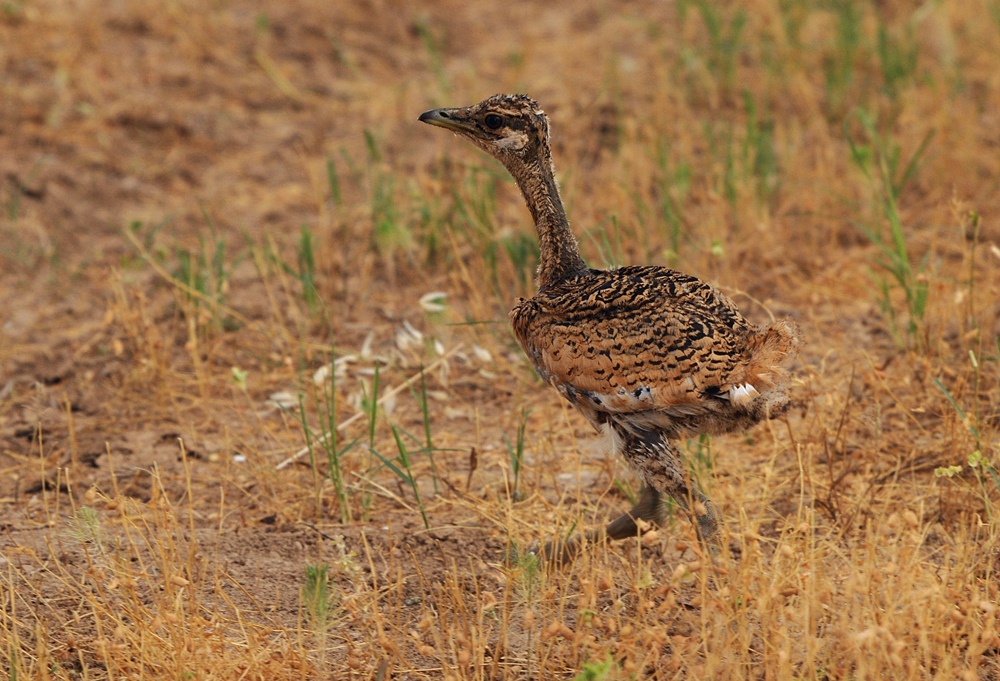
Juvenile great bustard. Image credit: Creative Commons
The ecoregional steppe flora has a significant rate of endemism, mainly reflecting halophyte, or salt-tolerant, taxa (Vella pseudocytisus and Boleum asperum). Rivers in the region harbor a unique relict fauna, including the endemic fish, Spanish minnowcarp, and Barbus microcephalus. They also represent an important refuge for the Eurasian otter, a number of reptiles (European pond turtle, Caspian turtle), and wintering (gadwall, red-crested pochard) and nesting (purple heron, black-crowned night heron, western marsh harrier) bird species.
The region’s steppes host a very diverse bird fauna, well adapted to semi-arid conditions, such as Dupont’s lark, shore lark, roller, and black wheatear. The Great bustard is found, in highly fragmented populations, in the lowlands and undulating countryside, with a Spanish population of approximately 30,000 birds.
.jpg)
Grey wolf. Image credit: Anders Illum, Creative Commons
The Iberian wolf population is located mostly in the Spanish northwestern region of the Iberian peninsula, and the population here has expanded in recent decades due to hunting control. The endangered Iberian lynx, with only 156 mature individuals left, are restricted to two separate regions in Southwest Spain, one of which is in eastern Sierra Morena. The Iberian wild goat, endemic to the Iberian peninsula, is found between sea level to 3,400 m.
Most of the ecoregion has been intensively transformed into agricultural land of extensive wheat crops, vineyards of almond and olive groves, fruit tree orchards, and other irrigated crops. The southwestern part of the ecoregion is characterized by a manmade, semi-natural landscape, formed by extensive semi-natural sylvopastoral woodlands -known as "montados" in Portugal and "dehesas" in Spain. Large-scale production of timber and pulpwood has transformed large semi-natural areas of marginal lands and woodlands into artificial plantations. Most of the remaining natural woodlands are special protection areas under the Birds Directive, including Tierra de Campiñas and Sierra Morena. There are also UNESCO MAB biosphere reserves including Monfragüe and Bardenas Reales.
%20in%20flight%20Mario%20Modesto%20cc.jpg)
Griffon vultures (Gyps fulvus) in flight. Image credit: Mario Modesto, Creative Commons
Human impact remains high in this ecoregion. Deforestation, intensive agriculture, large irrigation plans including extensive greenhouse crops on coastal land, and inadequate forestry programs and resultant erosion had and continue to alter the landscape significantly. Great bustard populations are particularly threatened by mechanized farming. Dam construction, road building, and inadequate and overly intense hunting practices continue to threaten this ecoregion.
Additionally, the Iberian Peninsula has experienced an increase in the severity of drought, particularly in the Mediterranean region, which not only has an influence on vegetation community composition, but has also increased the likelihood of intense forest fires.
The priority conservation actions for the next decade will be to: 1) encourage the reintroduction of grazing herbivores which will lead to a more diverse mosaic landscapes with open spaces that can act as effective firebreaks; 2) promote species re-introduction programs, for example, for the Iberian lynx and, in parallel, increase rabbit abundance through habitat improvement and restocking; and 3) promote forest restoration, creating functioning ecosystems that are similar to the original landscape.
Citations
- Hernández, L., Rubiales, J.M., Morales-Molino, C., Romero, F., Sanz, C. and Manzaneque, F.G. 2011. Reconstructing forest history from archaeological data: A case study in the Duero basin assessing the origin of controversial forests and the loss of tree populations of great biogeographical interest. Forest ecology and management. 261(7), pp.1178-1187.
- Nagy, Szabolcs. 2018. International Single-species Action Plan for the Western Palaearctic Population of Great Bustard, Otis tarda tarda. Version adapted for the Memorandum of Understanding on the Conservation and Management of the Middle-European Population of the Great Bustard (Otis tarda).
- WWF. 2019. Iberian sclerophyllous and semi-deciduous forests. [Online]. [Accessed 16 August 2019]. Available from: https://www.worldwildlife.org/ecoregions/pa1209
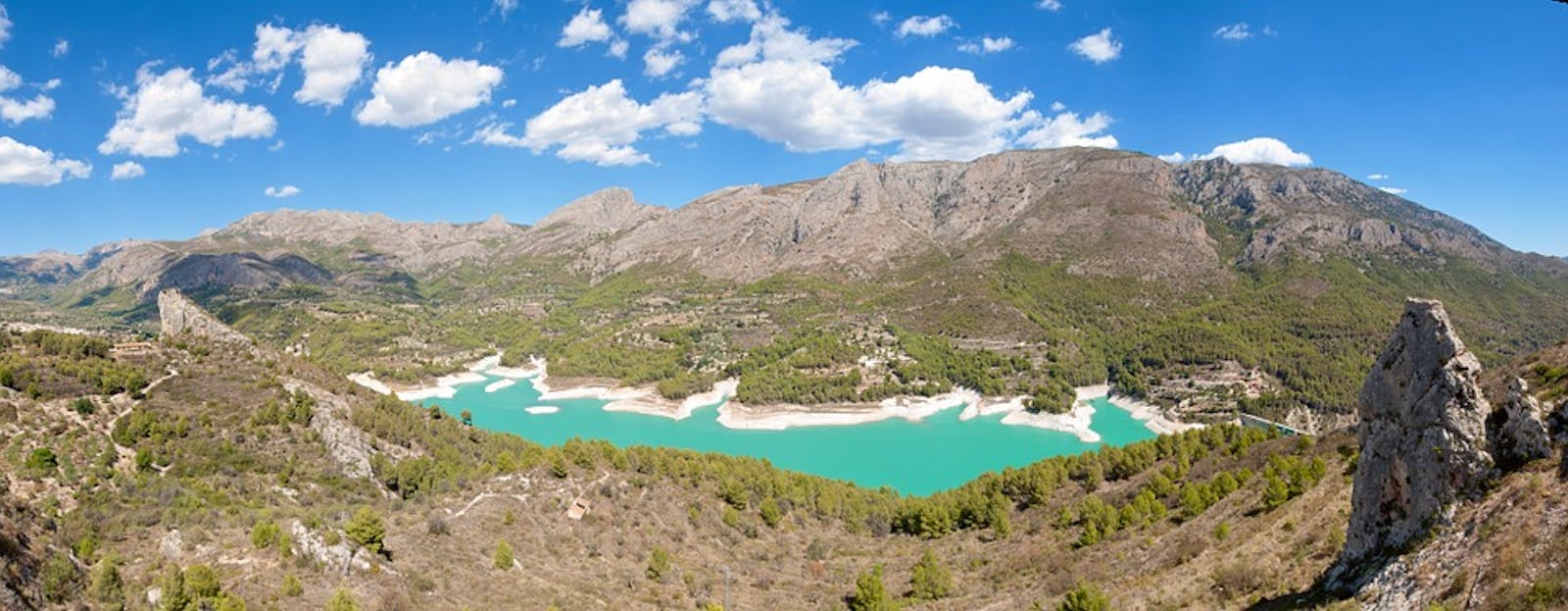
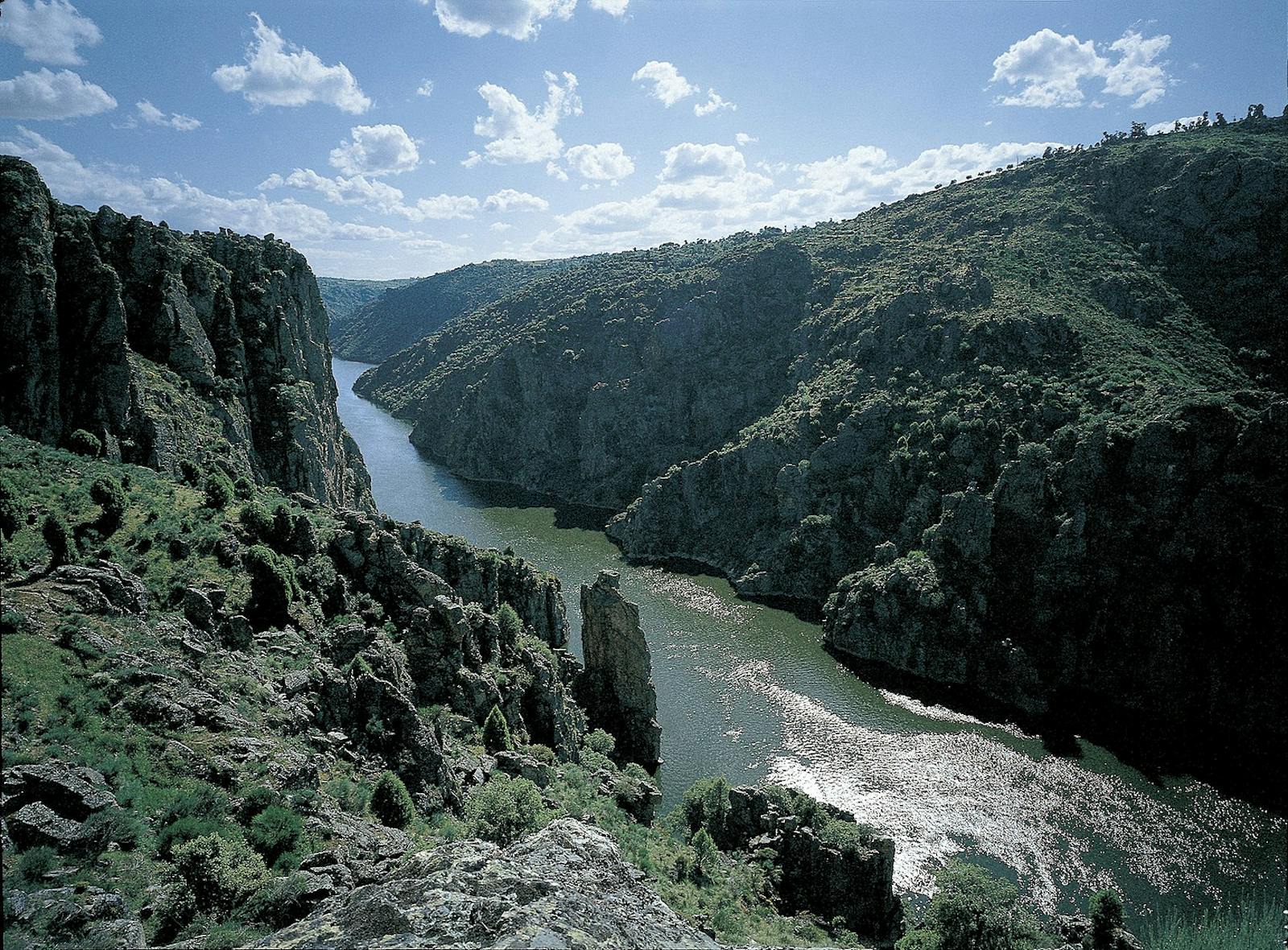
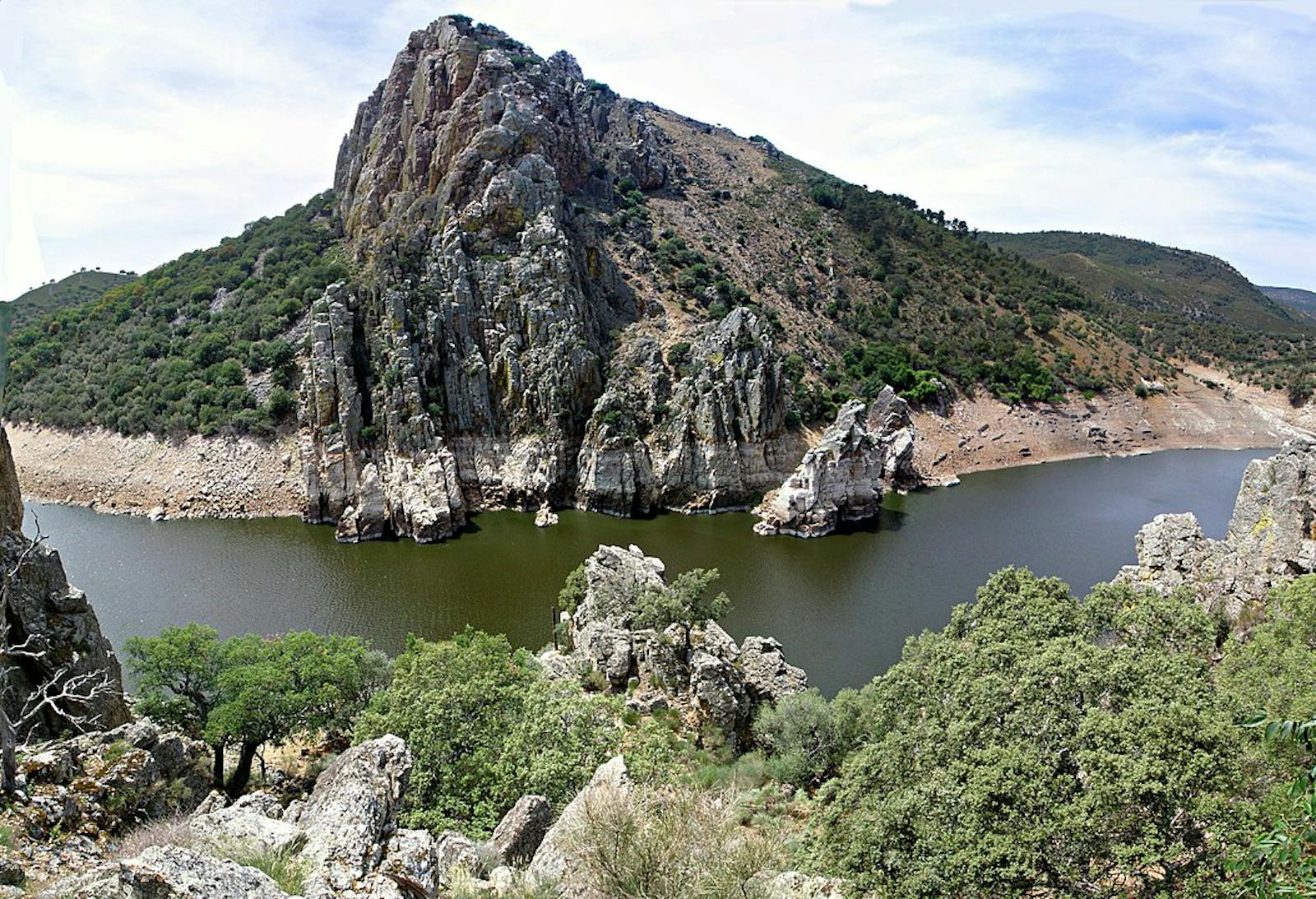
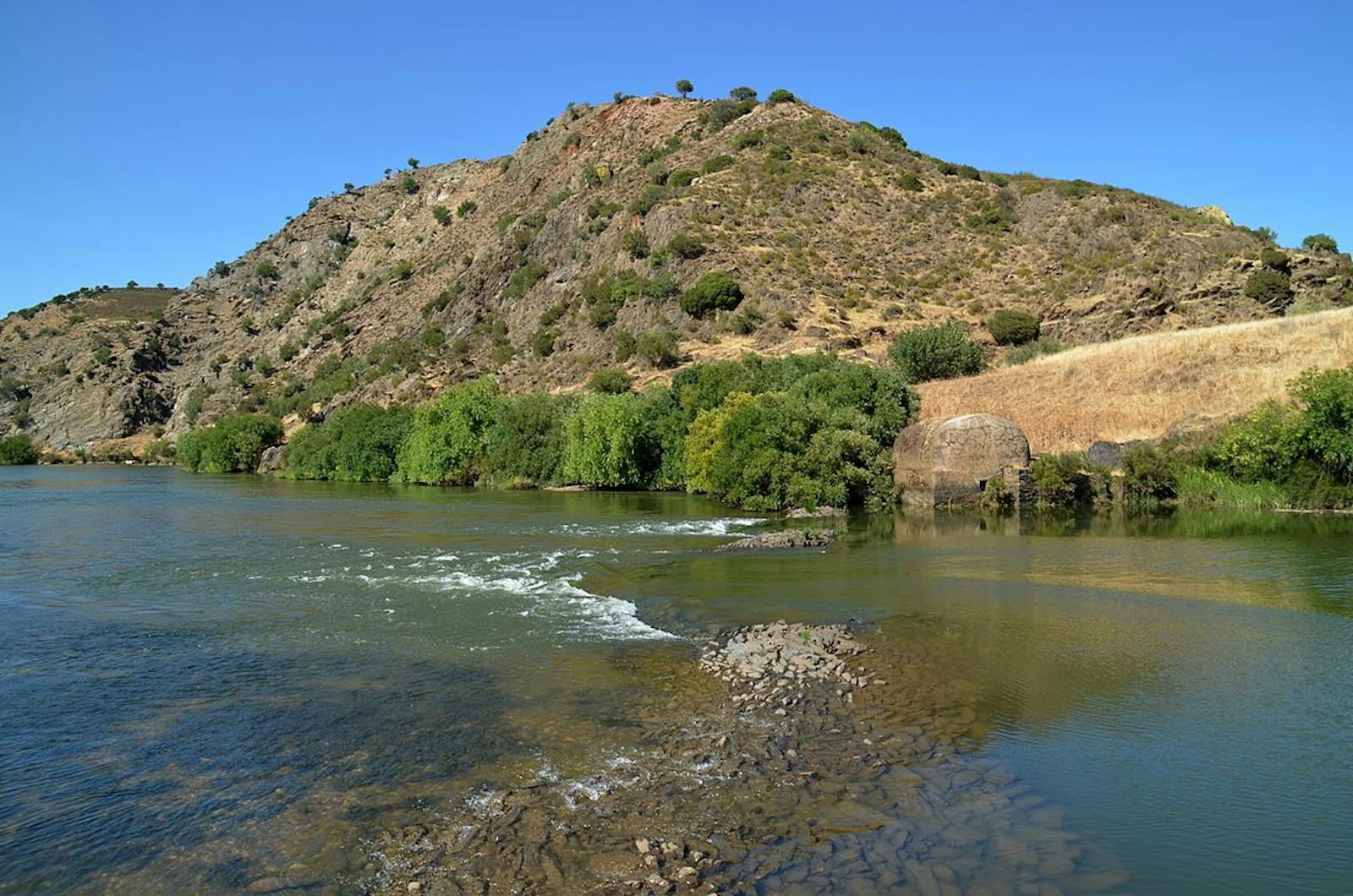
.png?auto=compress%2Cformat&w=300)

